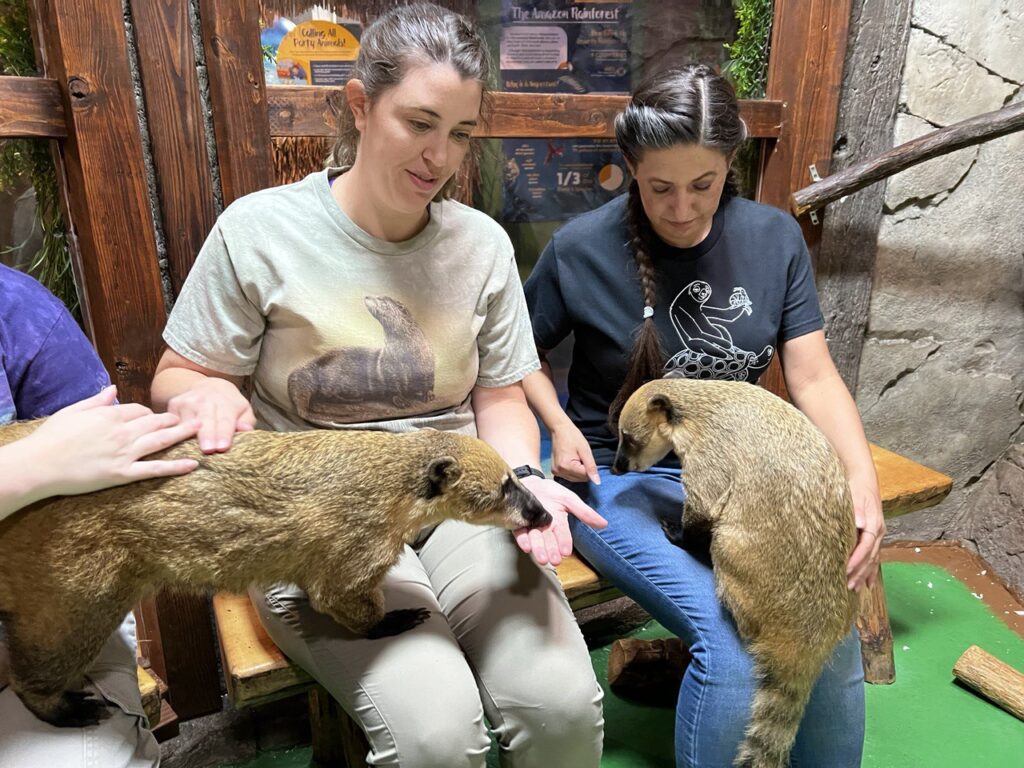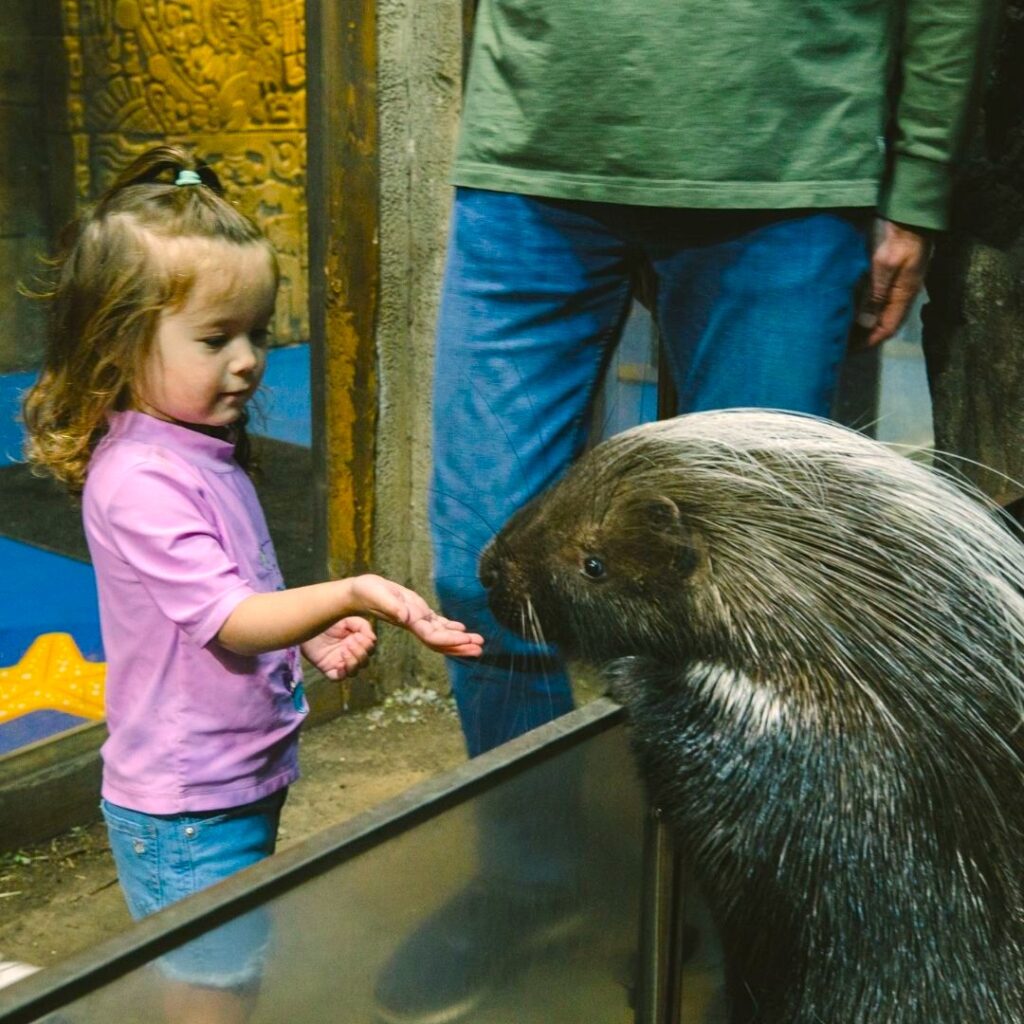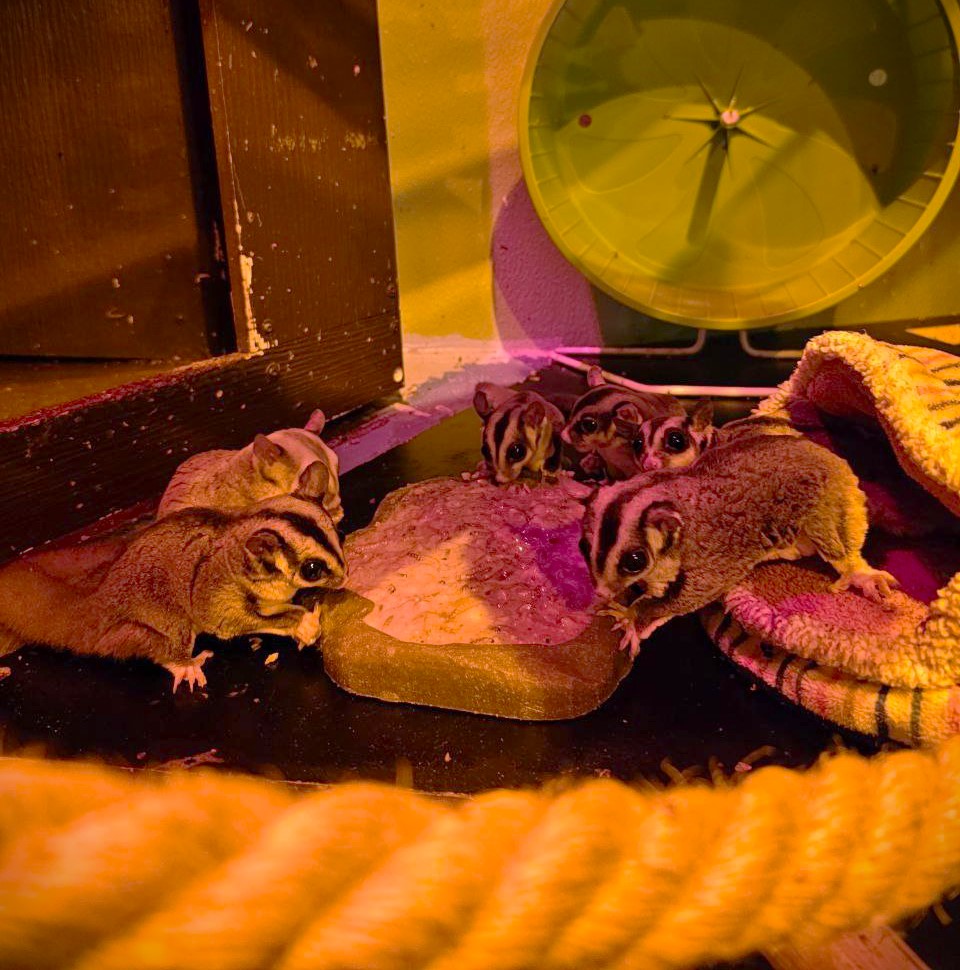Learn About Endangered Species
Share it on:

Our planet is populated with millions of animal species that are threatened or at risk of extinction. National Endangered Species Day was created to keep us aware of the fragile existence of endangered animals. It’s a day to learn why protecting endangered species from any further harm is so important.
History of National Endangered Species Day
The first National Endangered Species Day was held in 2006, but there’s been official recognition of the issue for far longer than that. The Endangered Species Act of 1973 is a landmark piece of conservation legislation that led national and international efforts to protect animal and plant species from extinction.
National Endangered Species Day is celebrated annually on the third Friday of May. The day is recognized to help raise awareness about the endangered species in our country and around the globe. It’s also an opportunity to be more informed about conservation efforts of endangered species and how steps are being taken to protect these animals properly.
What is an Endangered Species?
An endangered species is a type of organism that is threatened by extinction. An endangered species is also a species that is at risk of becoming extinct in the near future, either worldwide or in a particular region on Earth. Species become endangered for two main reasons: loss of habitat and loss of genetic variation.
What are Some of the Factors Putting Animals at Risk?
Human behavior is largely responsible for animals becoming extinct, endangered, or threatened. Some examples are:
- Deforestation
- Overfishing
- Sport Hunting
- Oil Spills and Water Pollution
Humans are largely responsible for animals becoming extinct, endangered, or threatened. As our populations grow, we dam rivers and cut down trees to make way for buildings and roads.
Oil spills and water pollution are devastating, and take years for an ecosystem to recover. Many people hunt or collect exotic animals for profit or as trophies. All of these factors contribute to putting animals at risk of extinction.
Which Species are Endangered?
The International Union for Conservation of Nature (IUCN) has generated the “Red List of Threatened Species.” This list recognizes the conservation status of species from around the world and assigns a severity level for each. It is a powerful tool to provide information about range, population size, habitat and ecology, threats, and conservation actions necessary that will help to protect and preserve endangered animal species on the planet.
There are over 41,000 species on the IUCN Red List.
- 3,500 are listed as critically endangered.
- Black Rhino, Orangutan, Axolotls, and Sumatran Elephant are just a few of the critically endangered animals on the red list.
- Sea Lion, BlueFin Tuna, and Tigers are listed as endangered.
- In the last 500 years, human activity has forced over 800 species to become extinct.
What are the Different Levels on the Red List?
There are seven levels or classifications of risk status on the Red List:
- Extinct (EX) — Extinct species no longer exist. After exhaustive research, scientists around the world agree that there isn’t a single living individual of the species on the planet. Read a extinct species list here.
- Extinct in the wild (EW) — Species that only survive in captivity, cultivation, or outside their native range are deemed “Extinct in the Wild.”
- Critically Endangered (CR) — Critically Endangered species are on the brink of becoming extinct or extinct in the wild but have not yet met the criteria for either category.
- Endangered (EN) — Endangered species are at a very high risk of becoming extinct in the wild due to severe habitat decline.
- Vulnerable (VU) — Vulnerable species meet at least one of the five Red List criteria. They’re considered to be at high risk of human-caused extinction.
- Near Threatened (NT) — A species is considered Near Threatened when it doesn’t qualify as Critically Endangered, Endangered, or Vulnerable, but scientists believe it will reach one of those levels in the near future.
- Least Concern (LC) — Species that fall into the Least Concern category are not presently facing any population or habitat declines.
How Can You Help Protect Endangered Species?
There are many ways to participate in National Endangered Species Day, and learn about conservation efforts in your area. Take time to read up on some of the species that are approaching extinction, and if you are able to go to a local zoo or aquarium that houses some of these species, be sure to organize a big group visit! Make sure you use the hashtag #endangeredspeciesday on social media and share pictures of some of the cutest and most majestic endangered critters you meet that day.
You can also volunteer at SeaQuest! #SQtotheRescue aims to inform communities on how to rescue, educate and conserve endangered and threatened wildlife. Some key initiatives are to:
- Restore population numbers of endangered species through breeding programs.
- Establish nature reserves and assist sustainable fisheries.
- Work to promote clean energy to reduce harmful pollution.
SeaQuest is committed to protecting our world’s oceans, wildlife, and endangered animals. We focus on how to be proactive in finding solutions. To learn more about endangered species, book your visit today at any of the following locations: Utah, Las Vegas, Dallas-Fort Worth, Denver, Sacramento, Minneapolis, Lynchburg, New Jersey.




